Some countries strive to adapt check usage to modern realities
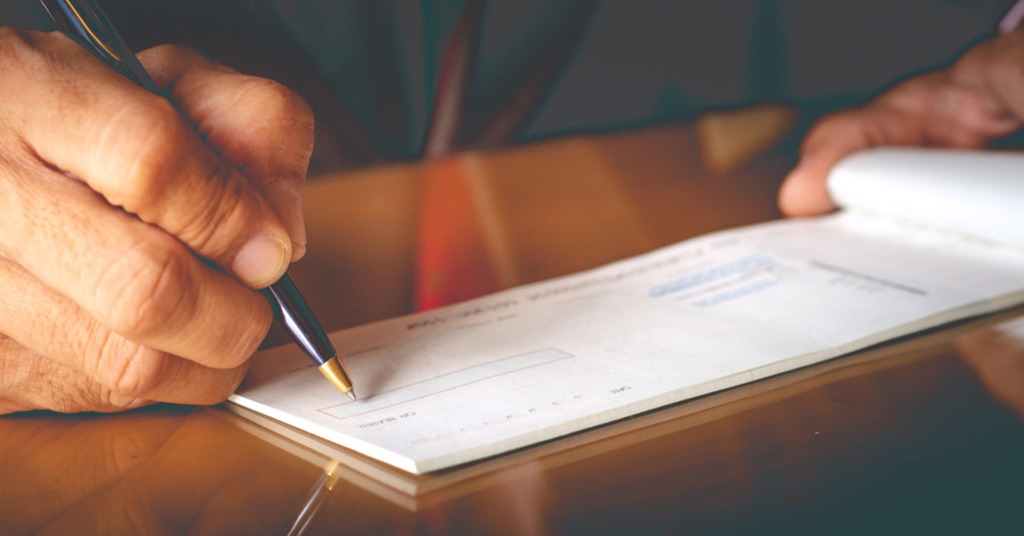
Check as a payment instrument: history and current usage. Source: shutterstock.com
If you wonder who still owns a checkbook, let’s learn more about the history and development of the payment check together.
What’s a payment check?
A check (or cheque) is one of the traditional payment instruments presented in the form of a dated and signed payment order. The person who signs the check (aka payor) gives it to the money recipient (payee) as an equivalent of cash. The payee then goes to the bank and exchanges the check for the money amount specified.
Types of checks include certified checks, cashier’s checks, and payroll checks.
Checks are usually written against a checking account, but they can also be used to withdraw funds from a savings or other type of account. People may use this payment method while buying something or in daily peer-to-peer transactions.
Checks can be both cashed out or deposited. Hence, the payor’s bank can be instructed to transfer funds from the payor’s account to the payee’s account as well as give away the sum directly as cash.
History of payment checks
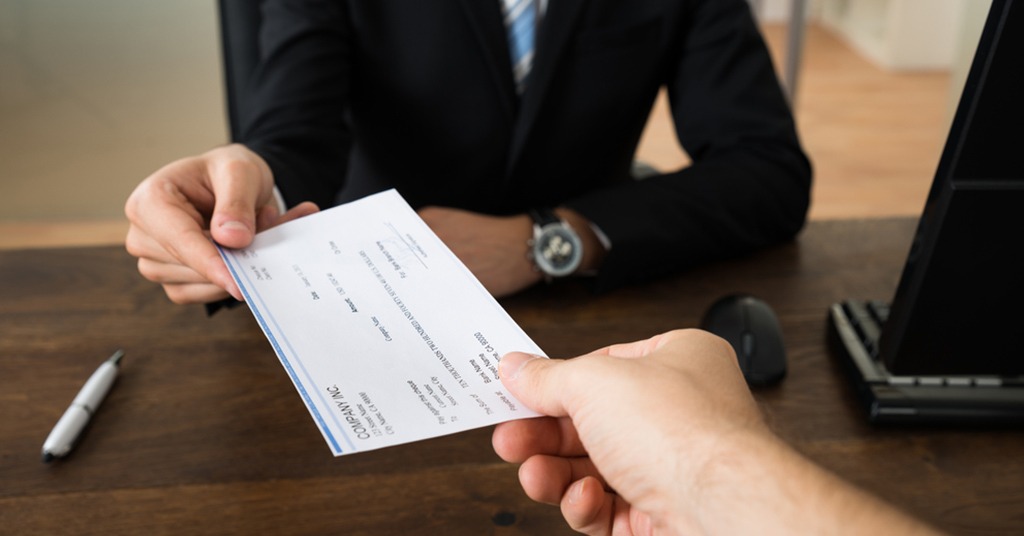
History of payment checks. Source: shutterstock.com
The earliest usage of something similar to modern checks may be illustrated by Indian adesha bills and ancient Roman praescriptiones. Nevertheless, checks most resembling the payment instruments of today are traced to 9th-century Muslim traders. Since international commerce required merchants to travel with their caravans for weeks or even months, they looked for ways to avoid carrying heavy coin sacks.
Therefore, merchants were the ones promoting paying with paper guarantees that could be later exchanged to gold or coins. Paper letters or “bills of exchange” spread to Europe as well. The ancestors of modern checks were used in Venice, Netherlands, and England.
British accomptable notes or drawn notes were written by depositors on special paper forms prepared by the Bank of England. The word “cheque” was running across the note in red letters. They allowed the depositor to “draw notes” from their assets stored at the particular bank. Those early cheques weren’t supposed to be passed to other people. Moreover, there was no system of clearing or cashing cheques at a distance from the issuing bank. Therefore, they weren’t very practical or popular until the nineteenth century.
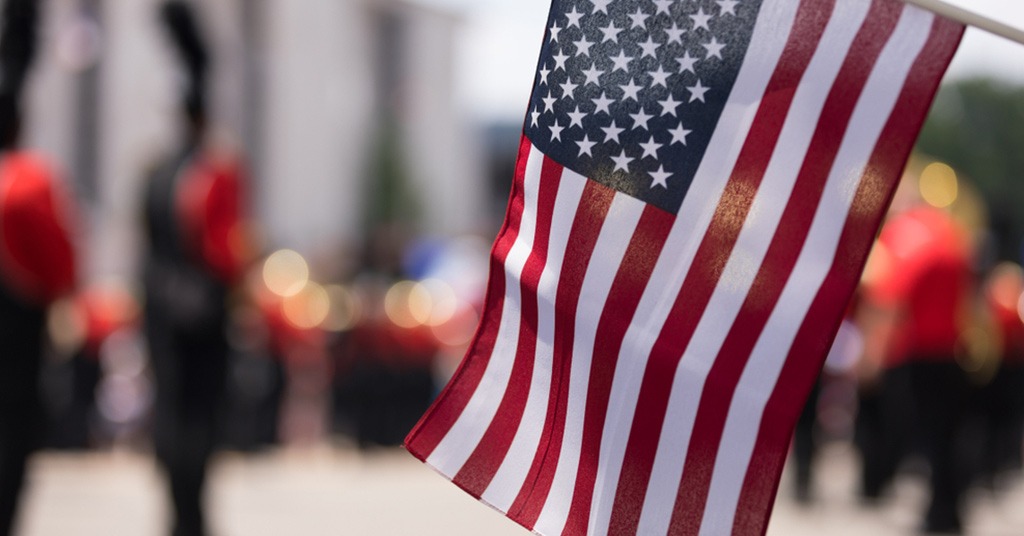
In the US, the first checks were written manually like IOU notes. Source: shutterstock.com
In the US, the first checks were written manually like IOU notes. Around the middle of the eighteenth century, the banks started providing printed forms. However, both in the UK and the US, the payment method wasn’t trustworthy enough. To be fair, paper money wasn’t considered reliable at all before governments began to back issued banknotes with gold reserves.
When that changed in the mid-19th century, the use of checks had grown rapidly and became one of the primary means of exchange. Checks were especially important for businesses and upper classes that dealt with large transaction sums. Handing out one piece of paper was far more convenient than a sack of metal coins or even a bag of paper banknotes.
As a result of growing popularity, clearing houses were established, allowing banks to settle their accounts in a central location. In the twentieth century, sorting and processing of checks was done by hand, which required a great number of employees and long working hours. With the advent of computers, banks rushed in to automate check clearance. They also introduced Magnetic Ink Character Recognition. MICR is used for printing routing and account numbers and other identifying information across the bottom of checks. It can be read mechanically.
Despite the faster processing method, checks couldn’t withstand the competition of bank cards, not to mention mobile payment apps and other contactless payment technologies. Their usage shrank significantly. Many experts predicted the pending doom for this outdated payment method in the twenty-first century. And yet, checks are still part of the modern financial landscape.
Moreover, new technology was developed in the UK specifically to facilitate using cheques in the digital age. Cheques can now be processed through an image-based clearing system. Cheque imaging has sped up the clearance process and brought more payment opportunities. Thus, customers can pay with an image of the cheque – using a cheque deposit option in their mobile banking app – rather than going to a branch to pay it in. For businesses and charity organizations, banks might provide desktop scanners linked to their online bank account, allowing them to pay in, as digital images, large numbers of cheques that they receive.
How and where people use them
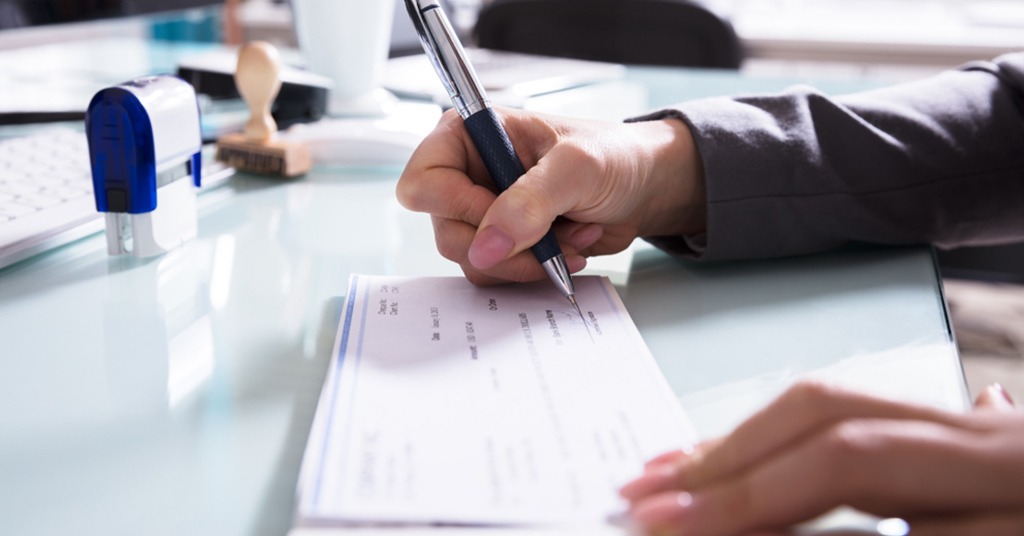
How and where people use checks. Source: shutterstock.com
According to the Federal Reserve Bank of Atlanta, consumers used checks for 7% of transactions overall in 2017 and 2018 and wrote about three checks a month. The survey also showed that older, low-income, nonminority group members are more likely to pay with paper checks. Besides, check payments had a relatively high average dollar value, around $300, compared to other payments ($87). These high-value payments prevail in covering utilities, rent, charitable donations, government taxes and fees, and paying to building contractors. Earlier survey commissioned by Fiserv also suggested that checks are among the most popular payment methods for bills along with the biller’s website option.
As reported by the Bank of England, acting as a settlement agent for payment systems, the average daily volume of real-time gross settlement (RTGS) service made via cheque imaging was £122 million in Q1 2020, but fell to £52 million in Q2.
In Ireland, on the other hand, the use of cheques to make payments is steadily declining, decreasing at an average rate of 9% per year since 2015 and only making up 2.4% of total payments by value in 2018.
Australian financial preferences are similar. While the quantity of drawn cheques steadily falls, the total number of personal cheques, commercial cheques, customer cheques, and financial institution cheques drawn in June 2020 was 3,289,500 bearing a total value of almost $28 billion. Back in 2002, these numbers were over 52 million and $180 billion respectively. Use of cheques has declined from around 50 per capita per year in the 1990s to around 2 per capita in 2019, as payments such as bills increasingly moved electronic. Since cheques have always been a costly payment instrument, Australian officials are currently in an active discussion about the future of the cheque system. One option that is being considered by the industry is the closure of the system altogether.
Overall, in the EU, just under 2.1 billion of cheque payments were made in 2018 compared to over 3.9 billion cheques in 2013.
The USA remained the country with the highest usage of check payments in 2018, where 56% of respondents had written a check within one month. The share of payors in Germany, Austria, and Canada ranged from 39% to 48%, while only 33% citizens of the UK admitted they had dealt with cheques lately (Statista).
Meanwhile, the Inland Revenue – governmental service of New Zealand – has officially stopped accepting payment by cheque since 1 March 2020.
As you can see, some countries strive to adapt cheque usage to modern realities, while others have abandoned this payment instrument altogether looking for mobile and online alternatives.
Pros & Cons
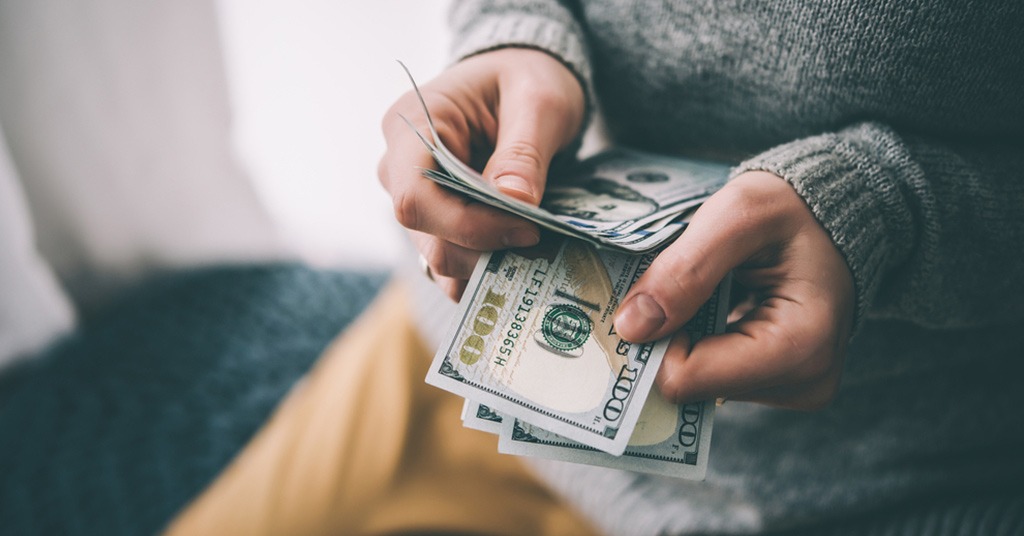
There are general advantages and drawbacks of this payment method. Source: shutterstock.com
The likelihood of using cheques as a payment instrument may vary depending on the region, but there are general advantages and drawbacks of this payment method.
➕it’s more convenient than cash by large transactions;
➕crossed cheques are safe for remittance and business purposes, being traceable;
➕payment through cheques ensures double security: if there is even a slight change in the amount that is written on a cheque, the cheque will get canceled; a person authorizes the payment with their individual signature; a payee may be required to prove their identity with the valid ID;
➕where cheques can be processed electronically, the transactions are quicker and more convenient;
➖ cheques are not universally accepted;
➖ their use is sharply declining, so many businesses may not deal with this niche payment method;
➖ it’s too costly and painstaking for small transactions;
➖ cheque payments may get dishonored: banks may refuse to pay the amount of the cheque to the payee due to data mismatch, unclear writing, and other reasons;
➖ traditional clearing system works quite slowly.
SEE ALSO:









